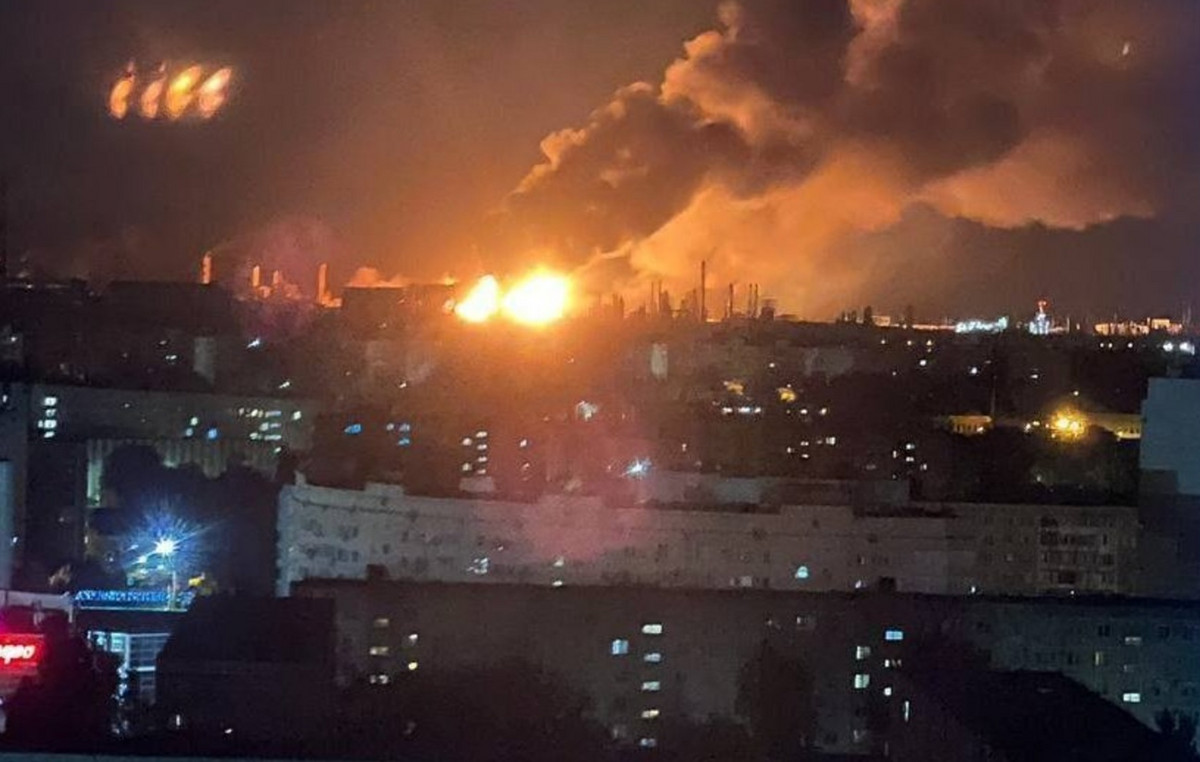Known as waste-fired thermoelectric plants, the Energy Recovery Units (URE) can help Brazil meet the goal of reducing methane emissions by 30%, a commitment made by the country at COP 26, which takes place in Glasgow, Scotland.
They work with non-recyclable material and the sector is facing a moment of enthusiasm, after, in September, a unit of this type won an electricity auction promoted by the National Electric Energy Agency (Aneel).
The unit will be located in Barueri, Metropolitan Region of São Paulo, and will be the first of its kind in Latin America. It is expected to start operating in 2026.
The measure paves the way for transforming an environmental liability into an asset: the treatment of non-recyclable waste that accumulates in sanitary landfills, which would then generate electricity production.
Solid waste accounts for between 3% and 5% of total greenhouse gas emissions.
The Barueri Energy Recovery Plant (URE) will have 20 megawatts of installed capacity, enough to supply 200,000 inhabitants, from the incineration of 825 tons of solid waste per day.
As in Barueri, two other Brazilian energy generation projects in this modality are at a more advanced stage and have an environmental license for installation. They now depend on submission and approval at auctions to obtain financing.
They are located in Mauá, in the Metropolitan Region of São Paulo, and in Caju, in the Central Region of the city of Rio de Janeiro.
The São Paulo unit intends to be the largest in the country, with an installed capacity four times greater than that of Barueri. The carioca company, the result of a public-private partnership between the City of Rio de Janeiro and Ciclus Ambiental, a municipal solid waste concessionaire, intends to generate 31 MW from 1.3 million tons of waste per day.
A study by the Brazilian Association for Energy Recovery from Waste (Abren) points out that it would be possible to install at least one ERU in each of the 28 metropolitan regions with more than one million inhabitants.
Together, they would be able to produce the equivalent of 3% of Brazilian energy. This number is seen by the entity as a fraction of the source’s potential, but would make it more present than solar (2.6%) and nuclear (1.2%) in the Brazilian energy matrix.
President of Abren, lawyer Yuri Schmitke highlights the environmental benefits generated by this type of electricity generation.
We solved two problems, transforming garbage, which is an environmental liability, into electricity, a social demand. ERUs do not use recyclable material. It is separated before going to incineration, which is made with a very advanced and expensive technology, whereby the emission of any pollutant is almost zero.
Yuri Schmitke, president of Abren
The latest report by the United Nations International Panel on Climate Change (IPCC) pointed for the first time to the need to control another gas to contain the effects of the climate crisis. According to the publication, methane has heating power up to 80 times that of carbon.
Waste decomposition is one of the main producers of methane, which contaminates groundwater soils.
“The thermal plants powered by solid waste solve the problem of methane emission, which is much more harmful. Our study on the use of waste for energy generation also takes into account that it can be used for other needs, such as fuel derived from waste, destined for the cement industry”, concludes Schmitke.
Former Minister of the Environment, Carlos Minc emphasizes that the end of dumps and the use of sanitary landfills solves only a portion of the environmental liability, and uses examples from Rio de Janeiro to illustrate the scenario.
Replacing dumps for sanitary landfills is moving from the 19th century to the 20th century. Entering the 21st century is using waste to generate energy.
Carlos Minc, former Minister of the Environment
“ERUs can contribute a lot to reduce methane emissions. In Rio, we eliminated all dumps, not one left. But the methane is still there, because these places have housed millions of garbage for decades. These places deserved at least one biogas plant, to remove methane from the soil and avoid contamination”, he assesses.
cost challenge
The energy generated through solid waste is more expensive than that supplied by the forces of nature, such as hydraulic, wind or solar. Part of this cost is due to waste management and the need to treat it.
The September auction was the first that included the possibility of purchasing energy generated by this source. The purchase cost R$ 549 megawatt hour (MWh), a value very close to that practiced by GNA-1, powered by natural gas, inaugurated in the same month, in São João da Barra, in Norte Fluminense.
As a waste concessionaire in Rio de Janeiro until 2035, Ciclus Ambiental is the operator of the Seropédica Sanitary Landfill, in the Metropolitan Region. The unit collects methane and its indicators revert to the state capital, as it is the destination for its waste. This treatment has helped the city to reduce its greenhouse gas emissions at a time when this rate has increased across the country.
Abren’s study points out that the volume of waste from the Seropédica Sanitary Landfill would be enough to feed another five plants in addition to the one announced by Ciclus no Caju, through a public-private partnership with the City of Rio.
Company president Adriana Felipetto agrees, points out that the company has plans to compete in auctions of this type in 2022 and that it plans more similar plants.
“We thought about it, but we need to make the first one possible first. ERUs treat waste and generate energy, they do two services in one. Thus, the generation cost is higher, not least because the solid waste is heterogeneous and demands a very complex gas treatment system. This technology does not exist in Brazil and the victory of the first plant of this type in an auction should develop a whole chain of suppliers that tend to reduce costs. To expand this action, we need auctions in which these plants compete only with each other. If we compete with other sources, we will not be competitive”, he explains.
In addition to the three projects already licensed, Brazil still has three other ERUs planned; Baixada Santista (45MW), Consimares (17MW) and Diadema (15 MW), all in the state of São Paulo.
Reference: CNN Brasil







